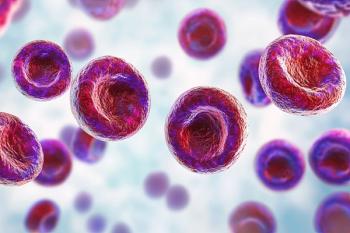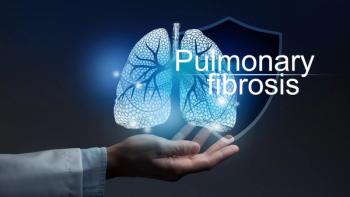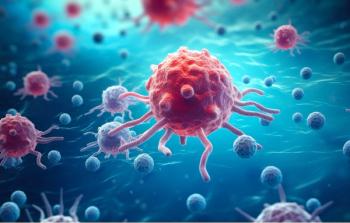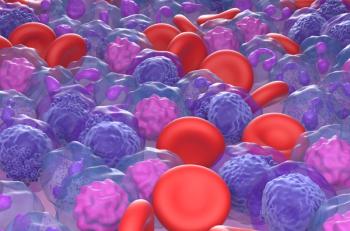
Dr Steven Yeh Explains Xipere Follow-up Findings, Learning Curves for Clinicians
Steven Yeh, MD, professor of ophthalmology at the Truhlsen Eye Institute at the University of Nebraska Medical Center, discusses the length of Xipere's treatment benefits and potential learning curves regarding its suprachoroidal delivery mechanism.
Steven Yeh, MD, professor of ophthalmology at the Truhlsen Eye Institute at the University of Nebraska Medical Center, discusses the length of Xipere's treatment benefits and potential learning curves regarding its suprachoroidal delivery mechanism.
Transcript
What did the PEACHTREE study find about how long Xipere's treatment benefits last?
Following the PEACHTREE study, patients who had successfully completed the PEACHTREE trial did not need other rescue therapies—namely, other medications that were administered to patients who had flare ups of their inflammation—were subsequently enrolled into the MAGNOLIA study, which was an extension study that evaluated the durability of the medication in the suprachoroidal space. What we found was that 50% of individuals who did not need rescue therapy did not need additional rescue therapy at the 48-week time point, showing that 50% of patients showed durability signals out to nearly a year at the end of this trial.
Are there any limitations or potential disadvantages of this new method?
With this novel method of drug delivery, it's important to remember that it's a nuanced technique that's different than intravitreal injections, which is the most commonly used method of delivery into the eye. For this reason, investigators and clinicians who perform this procedure really need to go up the learning curve to understand how suprachoroidal delivery is achieved.
When physicians administer the medication with the microinjector, it's important to position the needle perpendicular to the sclera. As the medication goes into the suprachoroidal space, clinicians will feel a loss of resistance, knowing that they're in the right location. Once they achieve this learning curve, they'll be able to successfully deliver the medication for patients with noninfectious uveitis.
Newsletter
Stay ahead of policy, cost, and value—subscribe to AJMC for expert insights at the intersection of clinical care and health economics.













































